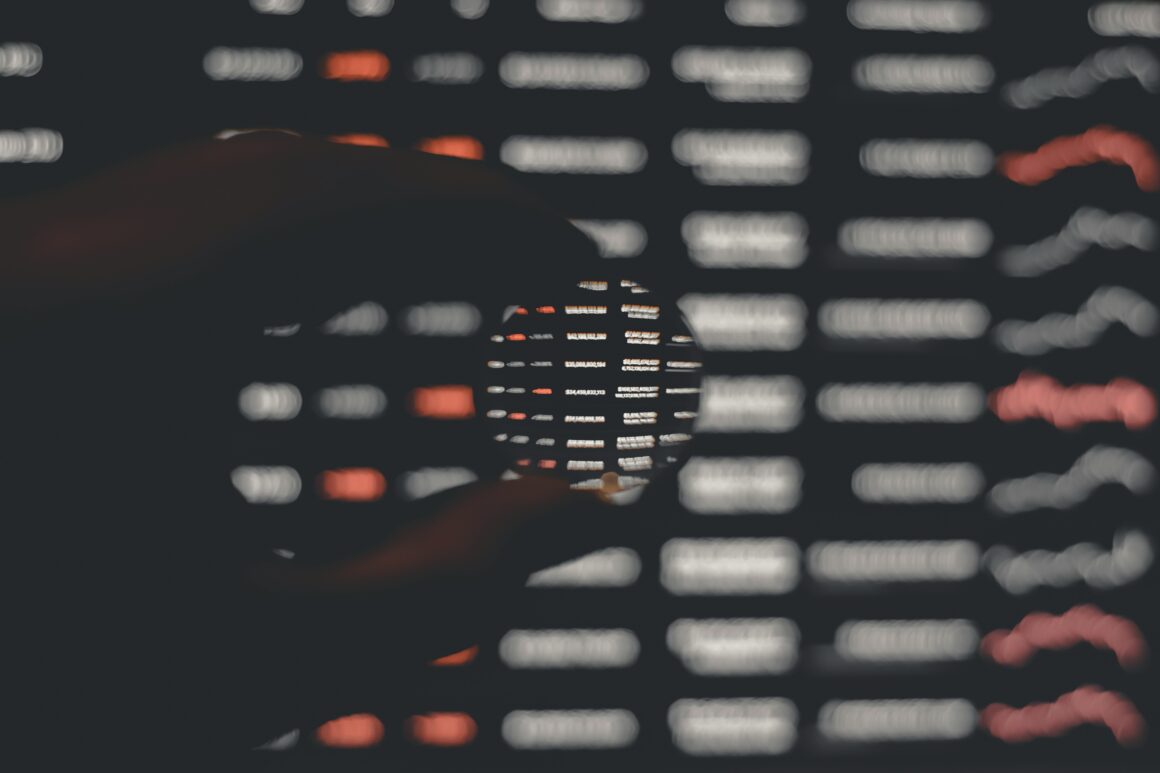In the fall of 1953, students nationwide sparked campus protests in response to the ban of Robin Hood at the Indiana University at Bloomington. During the height of the McCarthy Era, when Robin Hood was banned for promoting communism, students fought back.
Following the election of Donald Trump, students began leading walkouts and protests to make their voices heard. While these protests have been met with condescension, students are not discouraged. Hazel Sanger, a non-binary student from Portland, voices the sentiments of many students when saying, “I won’t let the fear paralyze me, I will harness it and take it to the streets and be proud of who I am. I am afraid. But I am not done yet. We are not just “viewing this as a fun time” when we go out to protest in the streets. we are trying to make a difference in this world”. Young people are organizing and demonstrating to voice issues they are passionate about. The protests begun by students have sparked much larger conversations about many different issues.
High school and university student clubs have increasingly begun to include more activist groups. By creating spaces for students to have conversation about many different issues, action can be planned and taken. Immediate organization is able to happen through students’ interest in activism. Students are starting school wide conversations about current events, that have lead to organization in the form of protests.
Students activism has been a long standing tradition. With access to social media to spread news of students taking action, a ripple effect has begun, and more and more students are voicing their opinions online, in school, and through protests. The significance of student voices is seen when student protests have expanded to city wide protests, and when the media addresses issues brought up by students. It is important for students to organize, share ideas, and have conversation in a time where student voices can easily be spread and heard.




